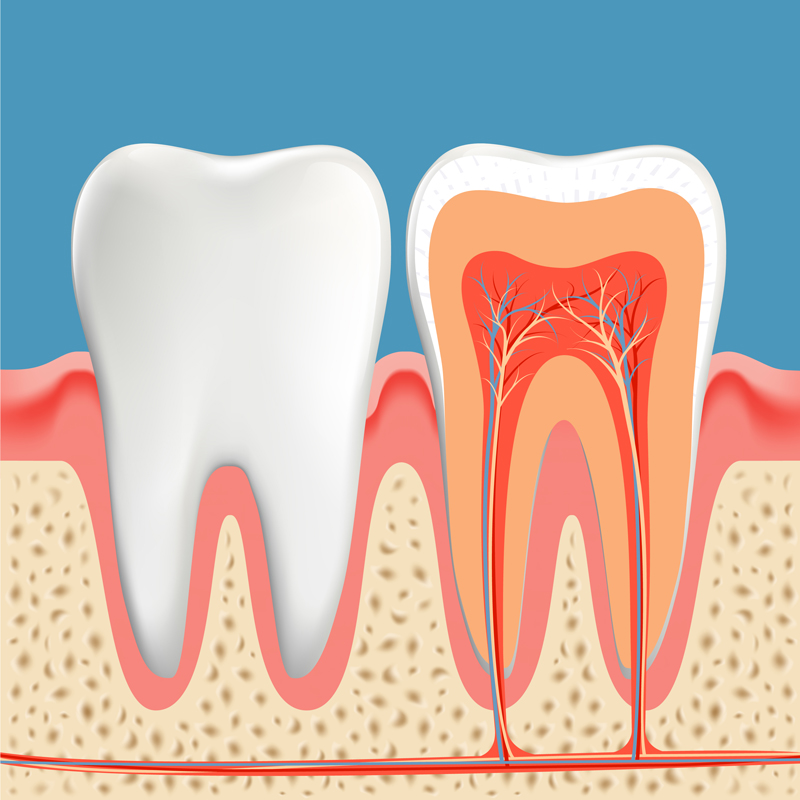An endodontist is a dental specialist who has extensive training in the diagnosis and treatment of tooth pain and infections. Endodontists perform procedures to help save natural teeth and avoid extraction.
After completion of dental school, endodontists undergo two or more years of advanced education. Acceptance into an endodontic residency is quite competitive. In fact, less than 3% of dentists in the US are endodontists.
Dr. Lambert is highly skilled and experienced in performing root canal treatment. He uses state-of-the-art techniques to deliver comfortable care aimed at extending the longevity of your natural tooth.

It’s important to know a bit about the anatomy of a tooth. Every tooth has two hard layers of hard, enamel and dentin. Beneath both of these layers is a central internal space called the “root canal.” The space contains the pulp, which is a collection of blood vessels, connective tissue, and nerves.
The pulp is necessary for tooth development. When the enamel and dentin protective layers are damaged, the pulp may become injured or diseased. Most of the time the option of rehabilitating the tooth with treatment of the root canal space is recommended as opposed to tooth extraction.
The goal of root canal treatment is to remove unhealthy pulp tissue and/or infection from the root canal and protect this region against future infection. After thorough cleansing of the internal anatomy of the tooth, the root canal is filled with a biologically-compatible material to provide an effective seal and promote healing. A temporary filling is typically used to close the tooth opening. You will then return to your dentist for the final restoration such as a filling or crown. Afterwards your tooth will function like any other tooth. Root canal treated teeth are healthy and survive because the tooth is nourished by the surrounding tissues of the socket.

Root canal treatment is a predictably successful and sophisticated procedure to restore the internal health of your tooth. A local anesthetic is used to numb the tooth and keep you comfortable for the entire procedure. A thin sheet of latex called the “rubber dam” (we’ve got non-latex ones too) will be placed around the tooth to keep it clean and dry during treatment. A small opening is made in the tooth to access the internal pulp space. Specialized instruments are then used to clean the root canal, removing bacteria and tissue. Dr. Lambert uses enhanced laser-assisted irrigation technology to efficiently and effectively clean the interior root canal space better than traditional methods.
The number of visits will depend on your particular case. In any case, it depends on the degree of infection/inflammation and the complexity of treatment required.
Often times root canal treatment is necessary when an infection occurs as a result of tooth damage such as decay or cracks or from previously deep fillings. While an injured or infected tooth does not have to cause pain, any of these symptoms should be diagnosed:

For many decades dentistry could only offer extraction as the solution for a cracked tooth. While extraction is still necessary for certain cracks that travel along the root below the bone of the socket, current dental technology offers a way to rehabilitate your tooth with either a crown or root canal treatment and crown combination. As always, the goal at Lambert Endodontics is help you keep your natural tooth for as long as possible.
In our practice, education and experience combine with state-of-the-art technology and exceptional chairside manner to provide our patients with the best endodontic care available.
Copyright © 2023 • Lambert Endodontics • All Rights Reserved.
Site Design by Twelve 24 Design